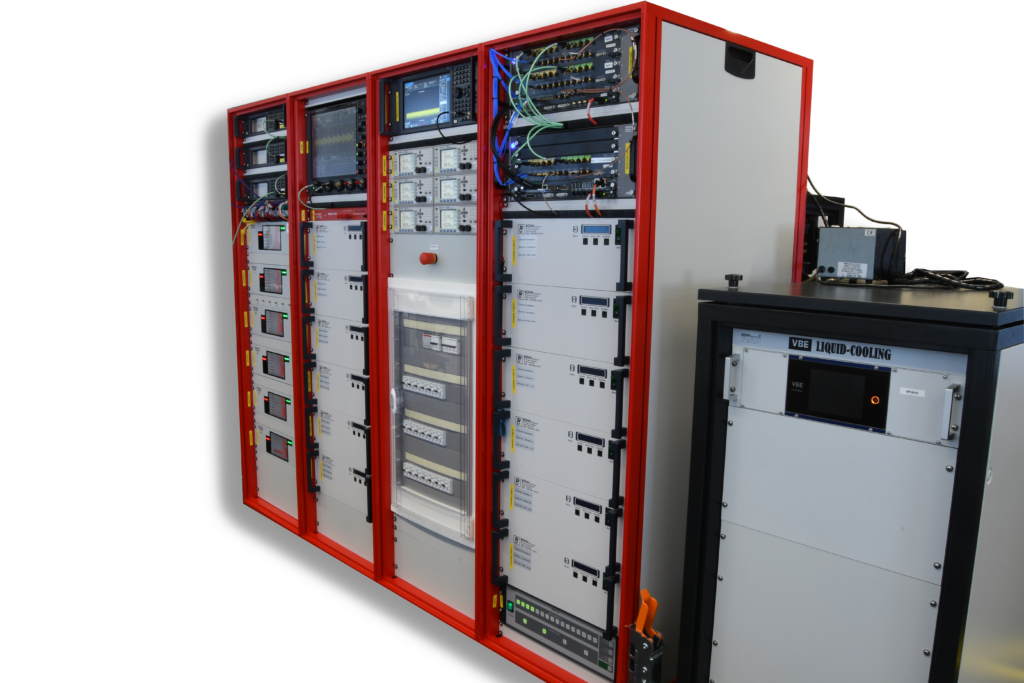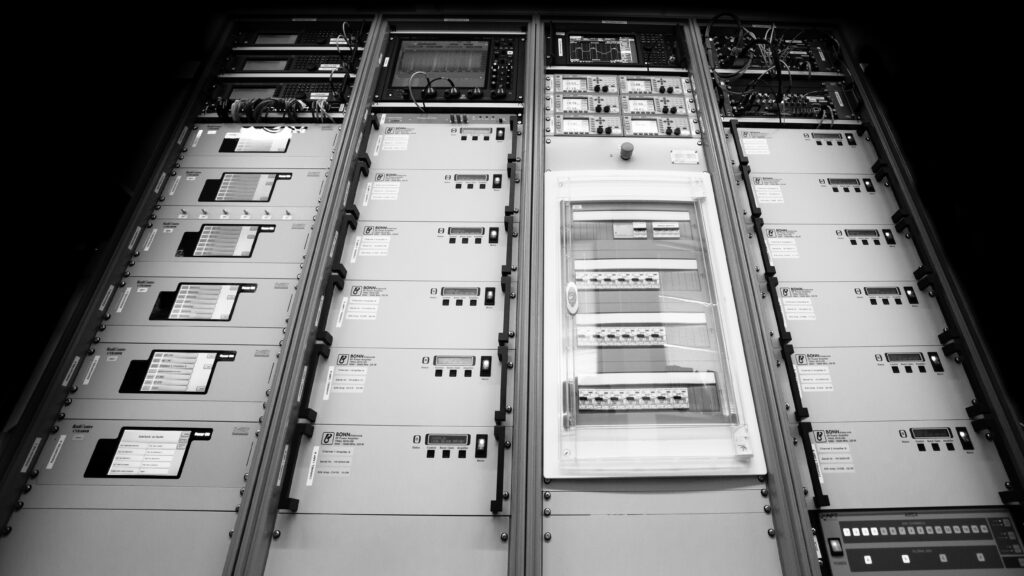Multipactor Test System
As technology advances, data transfer demands increase rapidly. Data-intensive activities like Internet and data streaming require higher speeds, which poses a challenge for satellite communication. To meet this challenge, satellites require wider and more advanced communication channels. With these changes, higher transmission power is also needed to maintain the same signal-to-noise ratio. The need for higher transmission power can lead to challenges in power management, and increased power consumption. Nonetheless, meeting the demand for faster data transfer speeds is crucial for the continued advancement of technology. The development of innovative technologies, such as Raditeq’s Multipactor Test System, is essential to ensuring that satellites can withstand the demands of high-speed data transfer and maintain the reliability of communication systems.

RF components utilized in satellites must endure ‘multipactor’ effects, where a charged particle in space strikes the wave guide component wall. The particle can free electrons from the metal wall when it has enough energy. These electrons are accelerated by the wave guide’s electric field generated by the emitted RF power, causing exponential electron multiplication that can damage or destroy the RF component.
Raditeq has created and supplied a second-generation, Multi-Carrier, High Power, Microwave Test System for Multipactor testing. This test system is crucial in testing satellite components in the Ku band for their sensitivity to multipactor effects.
Multipactor Test System – RadiCentre Basis
The Multi-Carrier Test System is based on the RadiCentre® modular test system. The RadiCentre in combination with six (6) modulated, high power carriers of 400 Watts each. A high power OMUX (multiplexer) is used to combine all six carriers into a single RF output.
In addition, special ‘nulling’ modules are used to control the phase angles between the 6 carriers within 3 degrees. This is required to achieve the maximum peak voltage when combining the 6 independent carriers. The most challenging part of the system is that all phase angles must be measured and controlled, even when the carriers are modulated with complex signals.
The goal of the system is to generate and amplify an accurate Multi-Carrier signal to simulate real-life multipactor effects before launching the satellite into orbit. Thus, preventing unexpected satellite failures in space.


